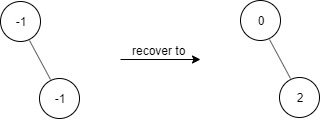https://leetcode.com/problems/maximum-width-of-binary-tree/
Given a binary tree, write a function to get the maximum width of the given tree. The width of a tree is the maximum width among all levels. The binary tree has the same structure as a full binary tree, but some nodes are null.
The width of one level is defined as the length between the end-nodes (the leftmost and right most non-null nodes in the level, where the null nodes between the end-nodes are also counted into the length calculation.
Example 1:
Input:
1
/ \
3 2
/ \ \
5 3 9
Output: 4
Explanation: The maximum width existing in the third level with the length 4 (5,3,null,9).





